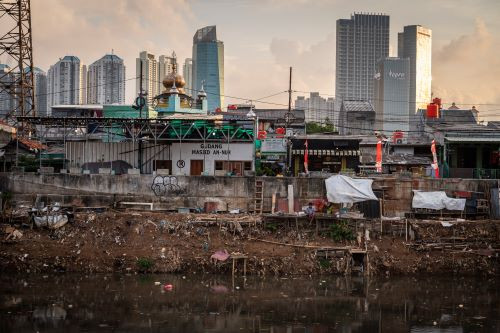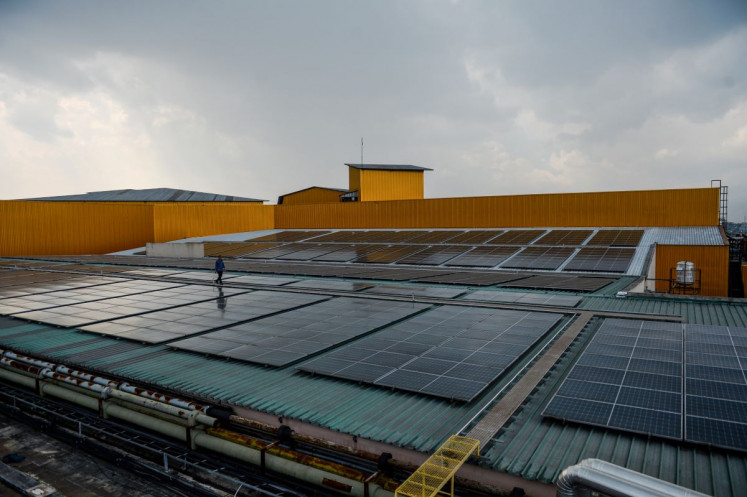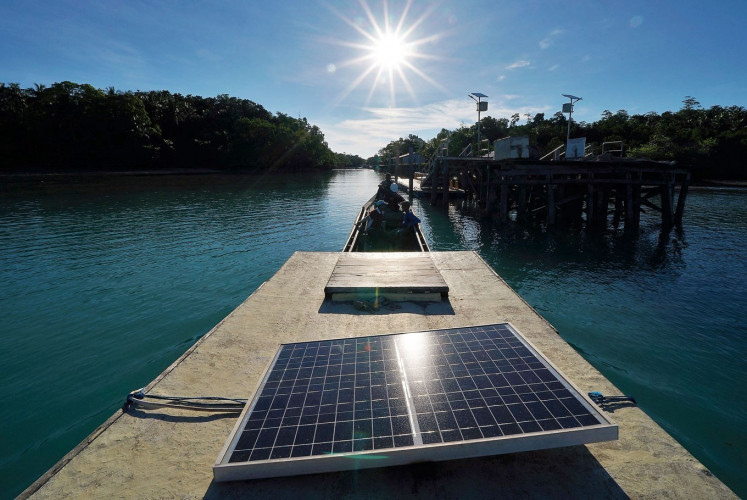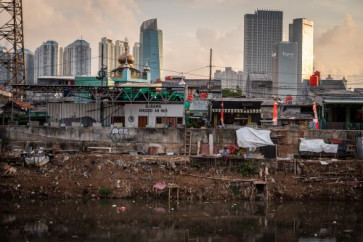Popular Reads
Top Results
Can't find what you're looking for?
View all search resultsPopular Reads
Top Results
Can't find what you're looking for?
View all search resultsExamining the decline in the national poverty rate
Improving the quality of education and health care is crucial to provide greater opportunities for the poor to enhance their well-being.
Change text size
Gift Premium Articles
to Anyone
T
he poverty data released by Statistics Indonesia (BPS) on July 1 showed that the percentage of people living below the poverty line in March 2024 decreased to 9.03 percent (25.22 million people), from 9.36 percent (25.90 million people) year-on-year.
Even though the decline is still below the government's target of 7 percent by 2024, the reduction in the poverty rate can be considered an achievement, partly due to the global uncertainties and the rising prices of essential commodities. In fact, the poverty rate in March 2024 was the lowest in the country’s history, beating the mark before the COVID-19 pandemic struck.
The decline in poverty has also been observed in both urban and rural areas. The percentage of the urban population living below the poverty line in March 2024 decreased to 7.09 percent, while in rural areas it was 11.79 percent. These figures are lower than those in March 2020.
Although the disparity between urban and rural poverty rates remains significant, the trend of declining poverty from March 2020 to March 2024 indicates an improvement in economic conditions in both urban and rural areas. Moreover, the number of poor people in all regions of Indonesia, including Sumatra, Kalimantan, Java, Sulawesi, Bali and Nusa Tenggara, and Maluku and Papua, has also dropped.
Furthermore, looking at other poverty indicators, the depth and severity indices of poverty in March 2024 also showed declines both in urban and rural areas. The decrease in the depth index of poverty indicates that the average shortfall of income among the poor relative to the poverty line is decreasing. Meanwhile, the decreasing severity index of poverty suggests a more equitable distribution of income among the poor.
When comparing March 2023 with March 2024, prices of several staple commodities indeed experienced significant increases, such as rice rising by 20.07 percent, eggs by 11.56 percent, red chilies by 45.94 percent and granulated sugar by 18.41 percent.
These price hikes inevitably put additional pressure on low-income households, as a substantial portion of their income is spent on basic necessities. Moreover, these price increases contributed to a rise in the poverty line in March 2024, increasing by 5.9 percent compared with the poverty line in March 2023.



















